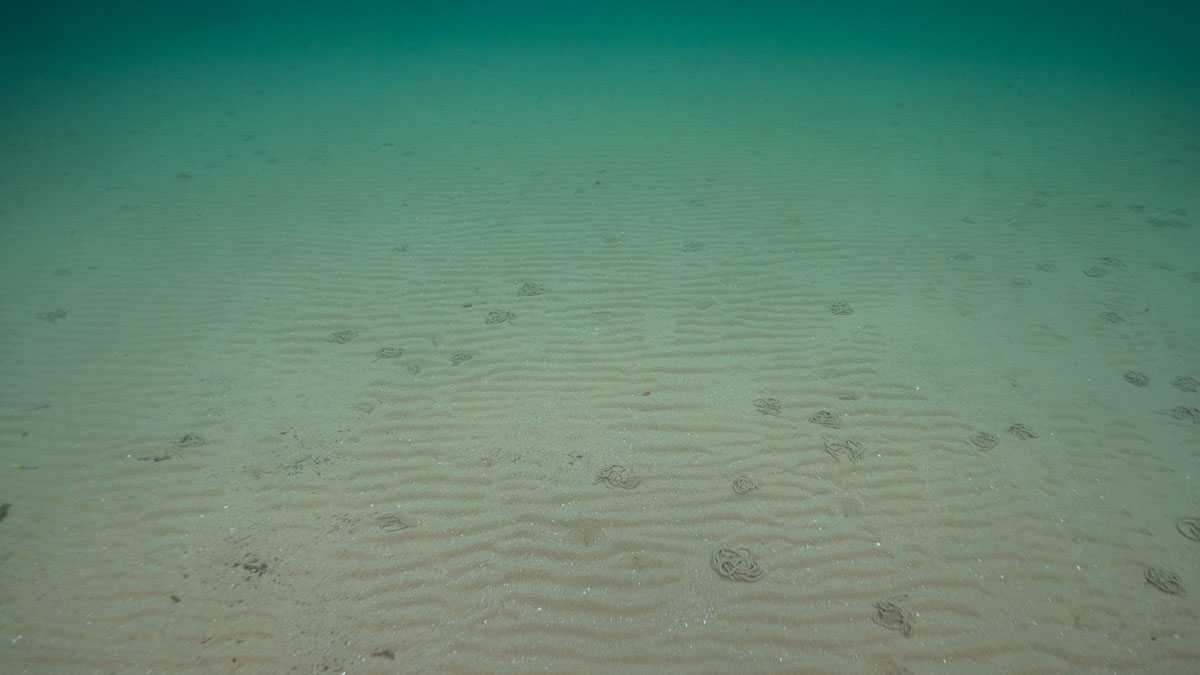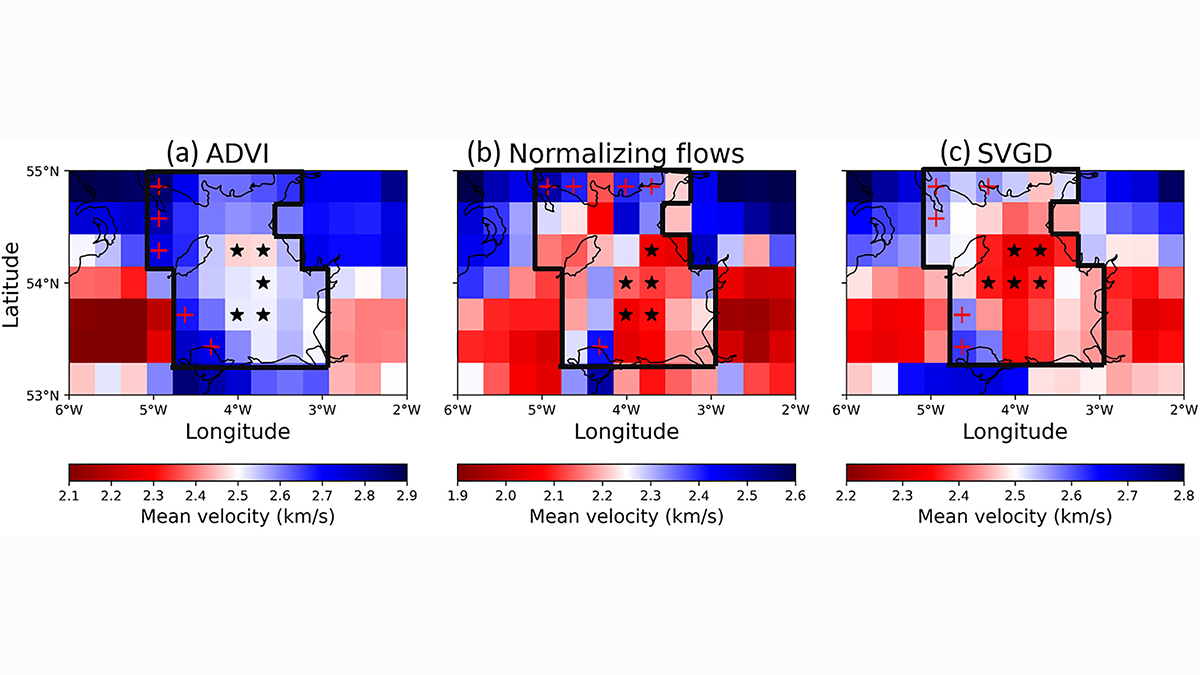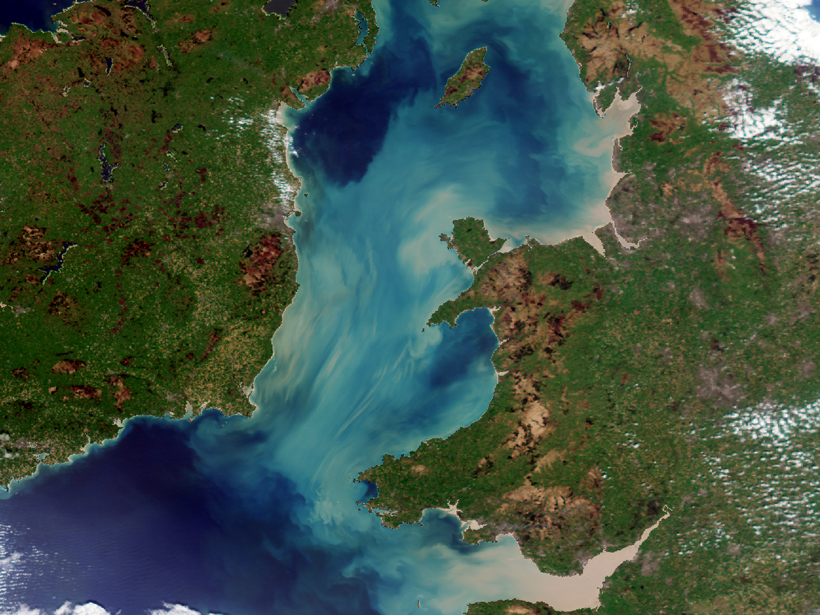A new study uses a paleotidal model to trace the formation of carbon-rich mud deposits over thousands of years.
Irish Sea
Posted inEditors' Highlights
Probabilistic Tomography Delivers Answers to Basic Questions
Fundamental questions on subsurface properties are robustly addressed through probabilistic assessment of multiple forward/inverse modelling formalisms using interrogation theory.
Posted inResearch Spotlights
Satellites Reveal Dynamics of Suspended Mineral Particles
A case study of the Irish Sea evaluates the use of ocean color data to measure the optical properties of sedimentary particles in offshore waters.



